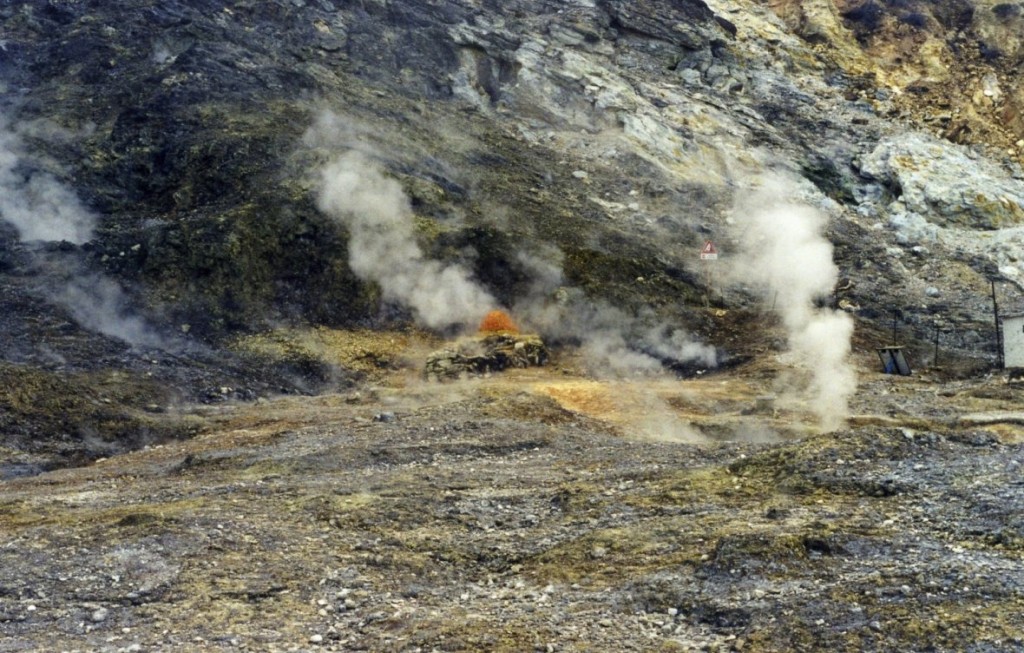Magma is rising underneath Naples’ supervolcano Campi Flegrei – and is reaching critical pressure

The gases underneath the volcano are becoming saturated with water as the magma gives off steam. The building pressure under the volcano could lead to rock failure at the surface, which often triggers a volcanic eruption.
The scientists say that they have no direct evidence to believe that an eruption at Campi Flegrei is imminent, but they say that it is likely that the site is approaching critical pressure. The content of the gases beneath the ground is changing, which is one of the signs that suggests the site is in a critical condition, study author Giovanni Chiodini told
Campi Flegrei has many hot springs, geysers and pools of boiling mud.Ambra Galassi
However, it's not clear what the value for critical pressure is at the site. "Really we don't know the exact value at Campi Flegrei because we know exactly what is knowing the composition of the magma," Chiodini says.
Nor is the approach of critical pressure necessarily a bad thing, he says. It could be that the changing composition of the gases actually makes a volcanic eruption less likely. "As the magma loses water, it becomes more viscous, and so it could be that this process could stop the crisis, because the magma could be slowed."
But not enough is known about the dynamics of the magma at the caldera to say this for sure, he says. It could be that reaching critical pressure deforms the rocks at the surfaces and leads them to fail. This would weaken the rock above the magma and make it easier for an eruption. "This could obviously be a very dangerous process," Chiodini says.
Campi Flegrei is just to the west of the densely populated Italian city of Naples. The volcanic site – known as a caldera – formed about 39,000 years ago when it erupted in the largest volcanic event in Europe in the past 200,000 years. It is an active volcanic site scattered with hot springs, pools of boiling mud and geysers. The ground at Campi Flegrei has been rising by 38cm in the last 10 years, which is thought to be due to rising pressure underground.
The research is published in the journal Nature Communications.
Политика конфиденциальности | Правила пользования сайтом








